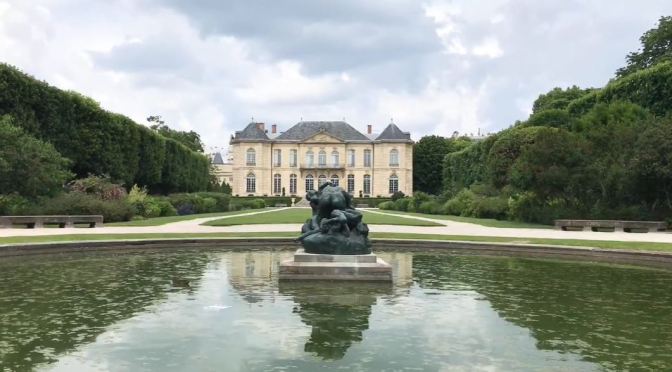Städel Museum Frankfurt (May 23, 2023) – Rodin, Matisse, Gauguin, Picasso, Jean Arp, Yves Klein… They all created outstanding art in the truest sense of the word—reliefs. This summer, the Städel Museum is presenting a major exhibition on the relief from 1800 to the 1960s.
OUTSTANDING!
THE RELIEF FROM RODIN TO PICASSO
5/24–9/17/2023
“This summer, our visitors will have the opportunity to encounter an exciting artistic medium—the relief: an art form between painting and sculpture that literally breaks through the confines of the frame and bursts the boundaries of our sense of sight! We are devoting a major exhibition to this sometimes underacknowledged medium.”
Is it painting or sculpture, surface or space? Hardly any artistic medium challenges our sense of sight like the relief. And that is what has always made it so appealing for the most famous artists. From 24 May to 17 September 2023, the exhibition will present prominent works spanning some 160 years by Bertel Thorvaldsen, Jules Dalou, Auguste Rodin, Medardo Rosso, Paul Gauguin, Henri Matisse, Pablo Picasso, Alexander Archipenko, Jean Arp, Kurt Schwitters, Sophie Taeuber-Arp, Yves Klein, Louise Nevelson, Lee Bontecou and others.










 It’s interesting that Rodin attracts so much attention from medical experts, especially here at Stanford, who have used his hands for diagnostic purposes. It’s true that Rodin was intensely interested in exploring pathologies of the body, especially now-discredited understandings of female hysteria. But there is also the irony that Rodin became furious after a critic accused him of making his first life-size figure through life casting, rather than modeling it himself. It should go without saying, but Rodin’s hands are not hands – not real ones, anyway – and their expressive forms don’t align neatly with the anatomical reality of hands in flesh and blood or even their more naturalistic counterparts. But the very fact that they elicit such responses demonstrates the power of art to provoke challenging questions that drive innovative paths of research that cut across disciplines, particularly in a university setting.
It’s interesting that Rodin attracts so much attention from medical experts, especially here at Stanford, who have used his hands for diagnostic purposes. It’s true that Rodin was intensely interested in exploring pathologies of the body, especially now-discredited understandings of female hysteria. But there is also the irony that Rodin became furious after a critic accused him of making his first life-size figure through life casting, rather than modeling it himself. It should go without saying, but Rodin’s hands are not hands – not real ones, anyway – and their expressive forms don’t align neatly with the anatomical reality of hands in flesh and blood or even their more naturalistic counterparts. But the very fact that they elicit such responses demonstrates the power of art to provoke challenging questions that drive innovative paths of research that cut across disciplines, particularly in a university setting.